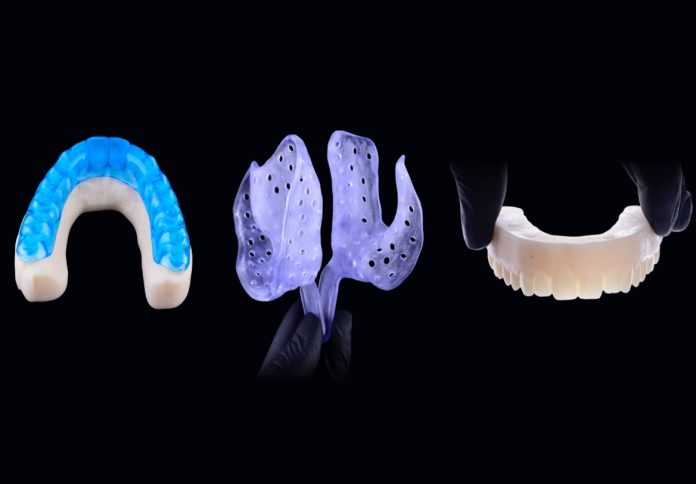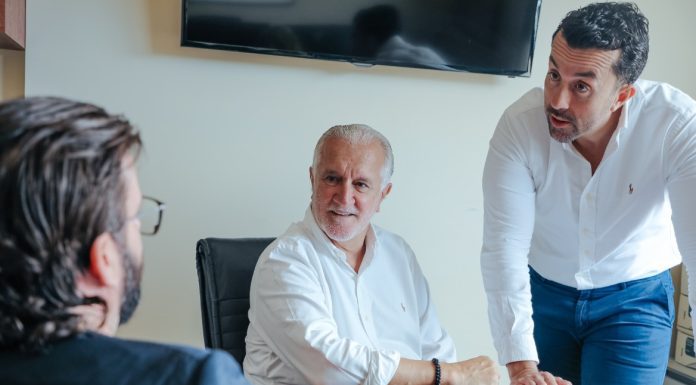
Swinburne University of Technology has announced an investment in H3D, a technology company focused on AI-driven design for dental devices.
The investment aims to support the commercialisation of H3D’s cloud-based AI Computer-Aided Design (CAD) service for dental laboratories worldwide, the university said in a news release.
According to Swinburne, H3D has previously made contributions to the audio manufacturing industry, automating the design of over one million custom hearing aid earmolds, noise protection earplugs, and in-ear monitors annually.
The technology behind these advancements was developed through PhD research at Swinburne by Dr Philip Kinsella, who now serves as H3D’s Chief Technology Officer.
Swinburne initially supported H3D in 2019, and this latest investment marks a continuation of that partnership.
Dr Werner van der Merwe, Swinburne’s Vice-President of Innovation and Enterprise, emphasized the university’s commitment to innovation and industry transformation.
“Swinburne is at the forefront of innovation, committed to transforming industries through cutting-edge technology and forward-thinking research. By investing in H3D, we’re excited to support their AI-driven solutions as they reshape dental and audio manufacturing at scale,” Dr van der Merwe said.
H3D’s expansion into dental services will enable AI-driven design for dental models, custom trays, and splints, with plans for further product developments.
The AI CAD technology is expected to improve efficiency, lower costs, and enhance quality for both manufacturers and end users.
H3D CEO Iain McLeod described the investment as a pivotal moment for the company’s growth and its mission to advance dental and audio manufacturing industries.
“This investment from Swinburne has allowed us to accelerate our software development, which involves a combination of AI, 3D, and Cloud technologies. Swinburne’s support has been impactful to our company’s growth, both during our early days and now as we expand into the dental industry,” McLeod said.
In addition to its AI CAD service, H3D is developing a 3D smartphone ear scanning app, currently in use by select consumer brands.
The app allows customers to obtain custom-fit earphones and hearing protection using their smartphones.
The company anticipates that this technology will eventually enable consumers to self-scan at home, improving accessibility to custom-fit wearable devices.
Swinburne’s continued investment in AI-driven design solutions underscores its role in fostering industry partnerships and translating research into commercial applications.




















